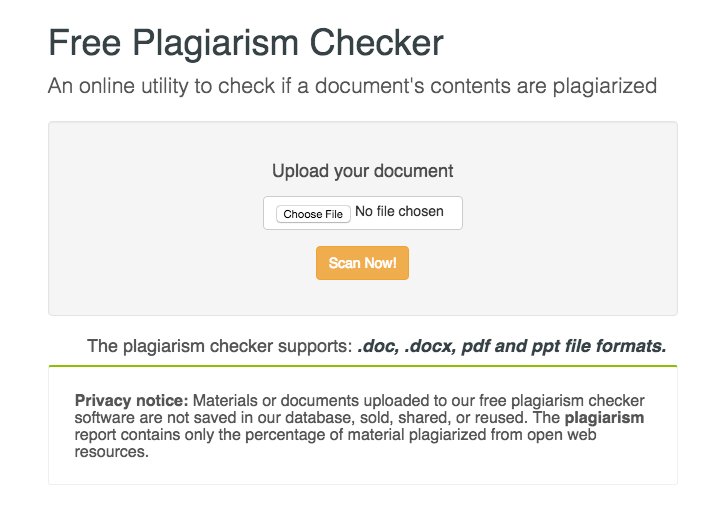Though the complete effects of copying ideas or sources may not be familiar to everybody, anyone who has taken an English class in high school has at least a basic knowledge of plagiarism. Your high school English teacher likely warned you about plagiarism, defining it as copying others’ written words. However, in post-high school academia, plagiarism is not merely copying the writing of others. In academia, your written works will be scrutinized for anything not resembling your own words, thoughts, or research. If found plagiarizing, you may be expelled. Hence, plagiarism could well be your ticket back home.
Recognizing plagiarism is a challenging task because individuals define copying differently. Many dictionaries define the word in a way that implies there was intent to misrepresent others’ work as one’s own. Academia tends not to employ this definition, as it is difficult to produce evidence of intent (or evidence of there being no intent). Being so, academia tends to use a set of guidelines to determine what is or is not plagiarism. These guidelines, in short, say that anything written that is not purely the author’s original thoughts or work must give credit where credit due—anything else is plagiarized.
How can we avoid plagiarism?
There are several ways to avoid these issues, some familiar and some novel, but all essentially the same meta-method: giving credit to the origin. Possibly the most obvious way to avoid plagiarism is to use citations. Citations are versatile, as they can be used with both direct quotes and paraphrasing. Another method is to directly mention the source in your text as you are writing. This method allows you to avoid overuse of citations. As long as you include the source in your references, this approach is valid. Lastly, avoid the pitfalls of indicating secondary sources when direct sources should be cited. If you wish to make use of a source that cites a second source, it is best to first dig up the original source, read said source, and then refer to this source only. If this cannot be done, then you must cite both sources simultaneously, explicitly stating which source is the original citation.
A paradoxical exception
It should be noted that some researchers follow a paradoxical instruction that states that which is commonly known can be used without acknowledging sources. In this instruction, commonly known information is that which can be found in three sources without being cited in said sources. Realize the paradox in this: the first three sources to use this information without accrediting the source of information are plagiarizing; hence any association with these sources is a form of implicitly supporting plagiarists.
Students check your papers, assignments or documents here: https://www.writemypaper.net/free-plagiarism-checker-students-online/
Posted by

